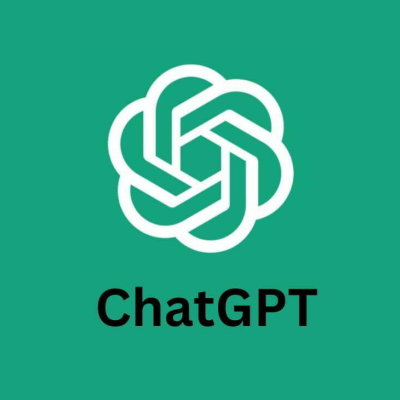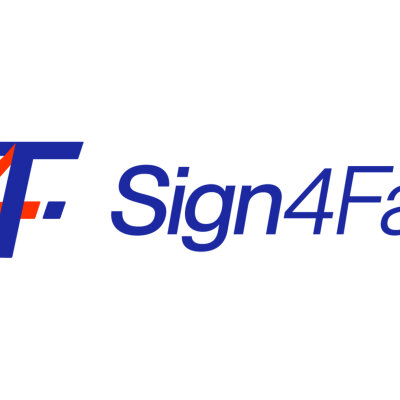axxessio INSIGHTS: Natural Language Processing
Voice assistants like Alexa, Siri and Co. are already helping many users with everyday tasks and are getting better and better. However, the use of virtual assistants in the form of chatbots or voicebots is also becoming increasingly popular in companies, as the possibilities for this technology are promising.
We have been familiar with automated announcements for determining the purpose of a call to a service hotline for quite some time. Initially, the functionality was limited to a simple categorization of the various concerns and, if in doubt, forwarded to the service staff. While forwarding to the right conversation partner could already be very helpful in practice, from the caller's perspective it was often not a good conversation. In the rarest cases, the voice assistant was able to solve the concern or it was a natural conversation.
Since then, however, a lot has changed. Responsible for this is the machine processing of natural language, the field of Natural Language Processing (NLP). A branch of this discipline is also often referred to as Natural Language Understanding (NLU). NLP and NLU solutions are used in various areas of life. Whether the chatbot of an online shop is asked about product characteristics or the smartphone about the weather forecast, language processing techniques from the field of NLP and NLU are used for this.

For processing natural language, the linguistic material is typically in text form. This can cover a wide range of domains and data volumes, e.g. short product reviews, tweet messages or further dialogues, up to gigabyte-sized collections of news texts or entire literary works. The focus here is primarily on the automatic structuring, analysis, extraction and classification of the information and content contained in natural language texts.
The processing of the natural language contents takes place at different levels: Texts can be broken down into their units and examined. For this purpose, paragraphs are divided into sentences, sentences into their phrases and words, and words into their morphological components. At each level, content can be structured and prepared for further processing: For example, the grammatical structure of the sentences ("parsing") and the normalized form ("lemmatization") as well as parts of speech ("part-of-speech") can be determined at the sentence level. Also, the extraction of certain contents ("information extraction") is one of the tasks of NLP. In addition, similar formulations can be recognized ("textual similarity", "paraphrasing"), texts can also be translated into another language ("machine translation") or converted into a shorter form ("text summarization").
For the above-mentioned tasks, various algorithms and methods, typically using machine learning methods ("machine learning", "deep learning", "transformers"), are used. In the NLU sub-area, the processed texts are subsequently checked for their qualitative characteristics. Here, the focus is on determining meaning. For example, sentences can be classified based on their emotional content ("sentiment analysis"), intent and important information can be extracted ("intent classification", "named entity recognition") or question-answering systems can be enabled ("question-answering", "dialogue agents").
NLP and NLU solutions can be used in various areas and projects to enable applications based on natural language. Our employees can also offer the necessary expertise at the highest level for your next project.









